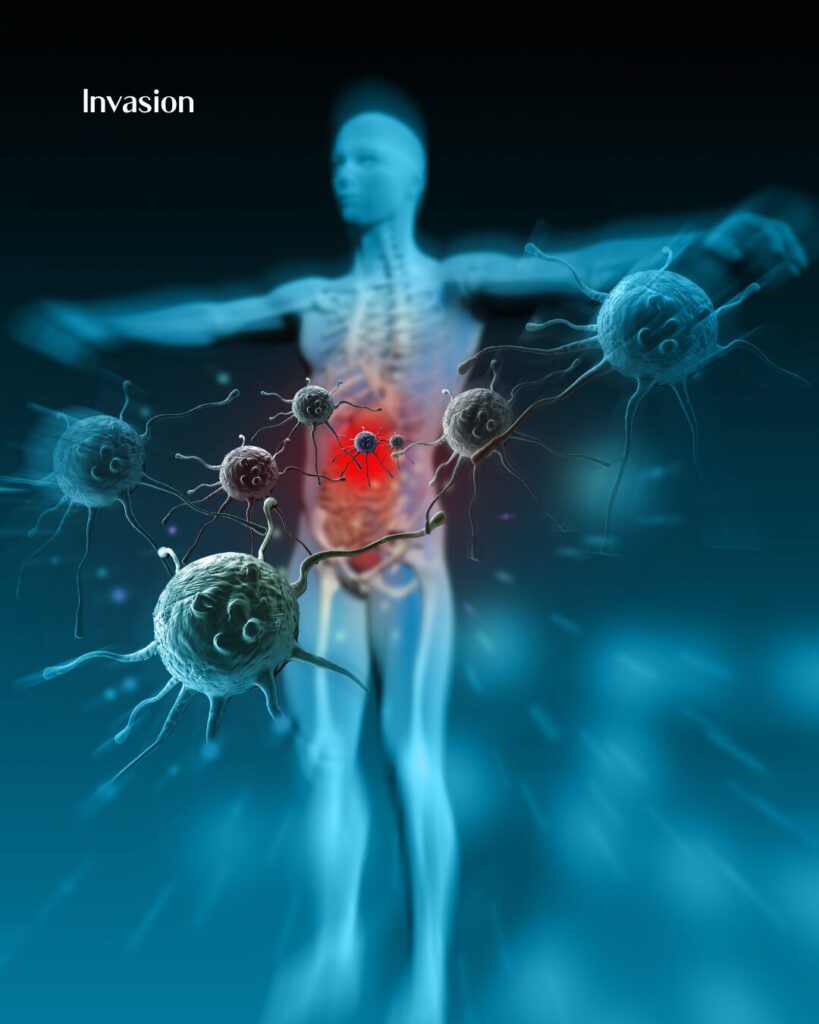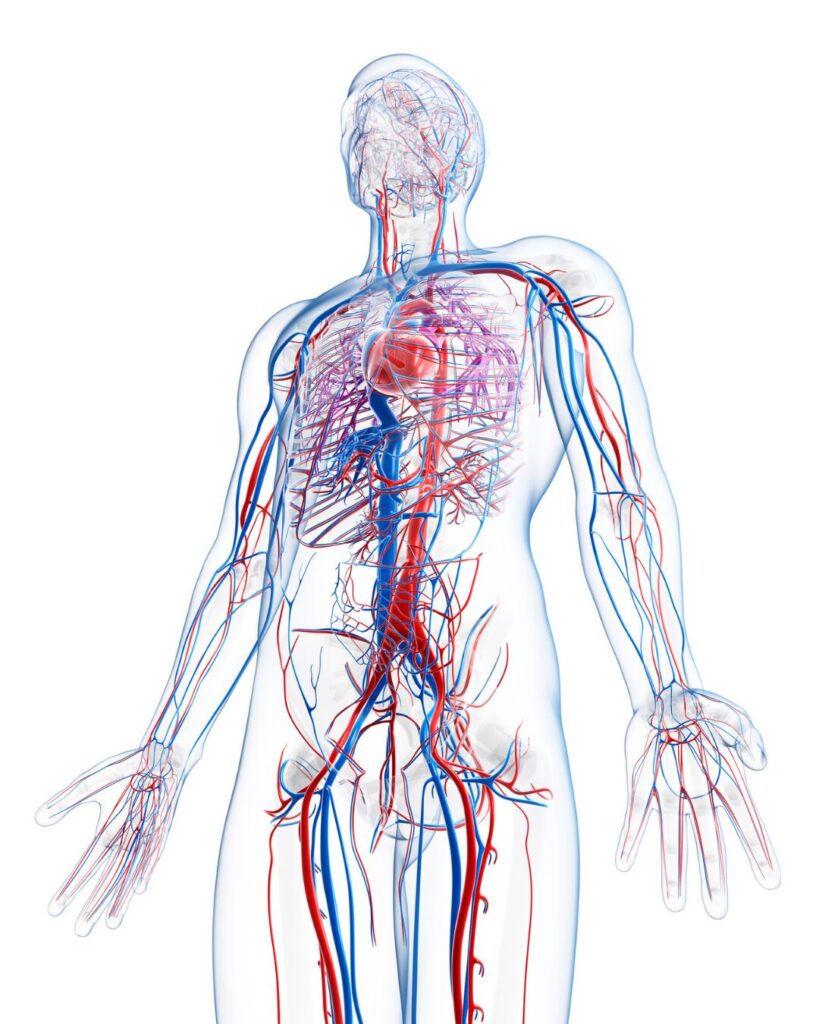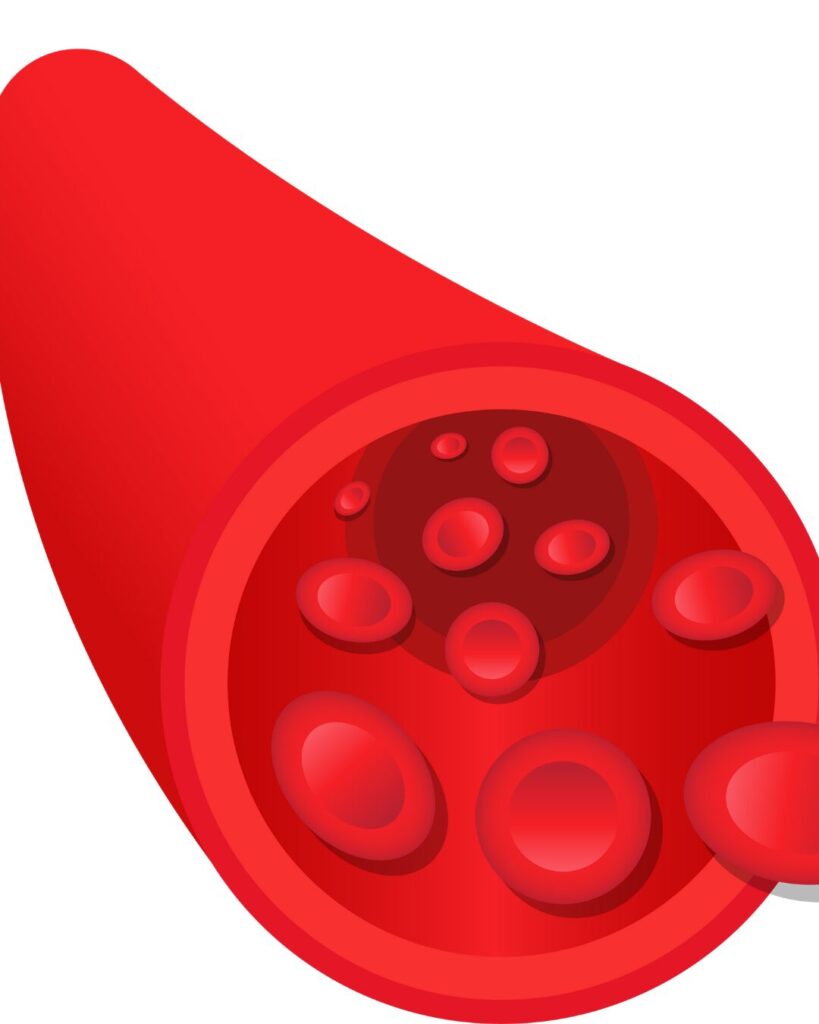Editorial Series: The Human Body — An Orchestra Too Complex for Quick Fixes
The Traits of Healthy People
What people with real, durable health share in common—without shortcuts, fads, or miracle pills.
By Dr. Bomi Joseph
Why Some People Rarely Get Sick
Everyone knows “that person” who never seems to catch a cold, recovers quickly from injury, and radiates vitality. That resilience isn’t luck — it’s physiology.
Over four decades of research, I’ve found that healthy people share distinct measurable traits that separate them from the unhealthy. These traits reflect faster recovery, stronger metabolic performance, and more resilient tissues.
When you step back, these traits of healthy people is not a mystery—it’s a set of patterns we can observe and measure. The exciting part is that many of these patterns are within our influence. Daily habits like movement, nutrition, rest, and stress mastery shape how quickly your body detects, responds, and recovers from challenges. In other words, discipline and consistency aren’t just lifestyle choices—they are biological advantages that create resilience over time.
1) Fast and Forceful Immune Responses

Healthy people mount rapid, high-volume immune responses against invaders. Their systems act in days with small numbers of antigens, stopping infections before they multiply.
Unhealthy people are sluggish, letting invaders grow unchecked.
👉 Immune responsiveness is the first foundation of health.
2) Efficient Oxygen Delivery
Healthy bodies are built for oxygen. Measurements of blood flow and oxygen diffusion reveal:
- Healthy: high diffusion rates, rapid vascular responsiveness.
- Unhealthy: sluggish flow, tissues starved for oxygen.
More oxygen = more energy, faster healing, greater resilience.

3) Tissue Expansion & Contraction

Blood flow creates subtle volumetric changes in tissues. Healthy tissues show high expansion and contraction, pumping nutrients in and waste out quickly.
Unhealthy tissues are stiff, less dynamic, and slow to adapt. Over time, this difference compounds into dramatically different outcomes.
4) Rapid Metabolic Turnover (ATP ↔ ADP)
The ATP-to-ADP refresh rate is a powerful measure of cellular vitality. Healthy people replenish ATP rapidly, fueling muscles, organs, and the brain with abundant energy.
This reflects dense, efficient mitochondria across cardiac, skeletal, smooth, and neuromuscular tissues. In contrast, sluggish ATP turnover signals metabolic weakness and chronic fatigue.

5) Neuromuscular Strength and Balance

Health isn’t just chemistry — it’s movement.
- Strong electromyography (EMG) signals
- Good posture and stable gait
- Balance and coordination
Balance is a whole-body signal of health. When neuromuscular tissue weakens, it cascades into frailty, falls, and decline.
6) Favorable Tissue Ratios
Detailed measurement shows clear differences:
- Healthy bodies: high neuromuscular tissue (NMT), low visceral fat.
- Unhealthy bodies: excess visceral fat, declining muscle tone.
These ratios strongly predict resilience versus risk.

Health Is a Pattern, Not a Guess
The takeaway is simple:
- Healthy people share quantifiable traits.
- These traits are measurable with advanced sensors.
- Together, they paint a clear picture of resilience versus risk.
This is why I created the Deep Health® Device — to measure these traits directly, non-invasively, and consistently. Instead of guessing about health, we can now see it in the data.

Subscribe for Weekly Insights
FAQs
What traits do healthy people share?
How can these traits be measured?
Do supplements replace these fundamentals?

